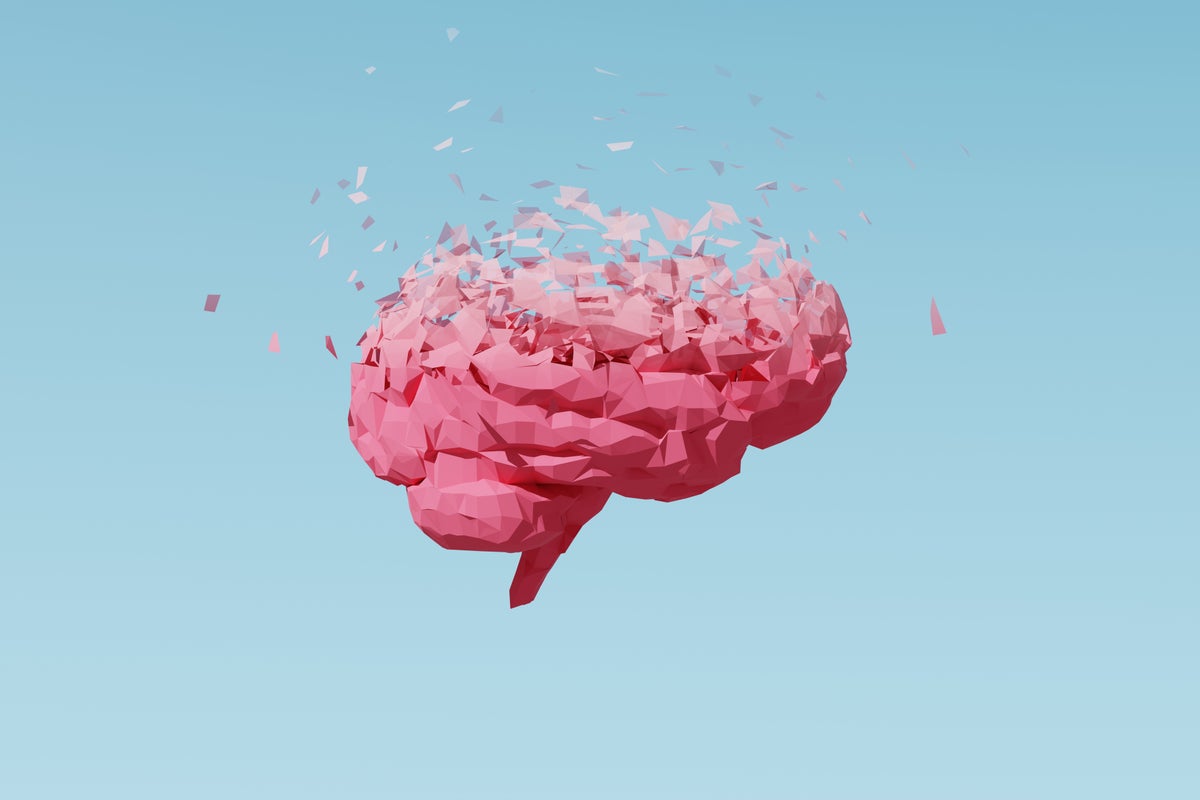How do generative adversarial networks (GANs) function?
Generative Adversarial Networks (GANs) are a class of machine learning frameworks introduced by Ian Goodfellow in 2014. They are designed to generate new data samples that resemble a given dataset. GANs consist of two neural networks — the generator and the discriminator — that compete against each other in a game-theoretic scenario. The generator network creates synthetic data that mimics the real data distribution. It starts with random noise as input and tries to generate realistic outputs, such as images, audio, or text. The discriminator network, on the other hand, receives both real data and fake data produced by the generator. Its job is to distinguish between the real and the fake data. During training, the generator tries to fool the discriminator by creating more realistic data, while the discriminator improves its ability to detect fakes. This adversarial process continues until the discriminator can no longer reliably tell the difference between real and generated data. At this point, the generator is considered well-trained and capable of producing highly realistic outputs. GANs have revolutionized many fields including art generation, deepfake creation, data augmentation, and even medical imaging. They are especially useful where labeled data is scarce, as they can synthesize new samples for training other models. However, GANs are also challenging to train due to issues like mode collapse (where the generator produces limited varieties of outputs), non-convergence, and sensitivity to hyperparameters. Despite these challenges, improvements like Wasserstein GANs and StyleGANs have enhanced stability and output quality. Understanding how GANs function is crucial for anyone interested in cutting-edge AI technologies. Their role in synthetic content generation makes them a cornerstone topic in any Generative AI and machine learning course.

Generative Adversarial Networks (GANs) are a class of machine learning frameworks introduced by Ian Goodfellow in 2014. They are designed to generate new data samples that resemble a given dataset. GANs consist of two neural networks — the generator and the discriminator — that compete against each other in a game-theoretic scenario.
The generator network creates synthetic data that mimics the real data distribution. It starts with random noise as input and tries to generate realistic outputs, such as images, audio, or text. The discriminator network, on the other hand, receives both real data and fake data produced by the generator. Its job is to distinguish between the real and the fake data.
During training, the generator tries to fool the discriminator by creating more realistic data, while the discriminator improves its ability to detect fakes. This adversarial process continues until the discriminator can no longer reliably tell the difference between real and generated data. At this point, the generator is considered well-trained and capable of producing highly realistic outputs.
GANs have revolutionized many fields including art generation, deepfake creation, data augmentation, and even medical imaging. They are especially useful where labeled data is scarce, as they can synthesize new samples for training other models.
However, GANs are also challenging to train due to issues like mode collapse (where the generator produces limited varieties of outputs), non-convergence, and sensitivity to hyperparameters. Despite these challenges, improvements like Wasserstein GANs and StyleGANs have enhanced stability and output quality.
Understanding how GANs function is crucial for anyone interested in cutting-edge AI technologies. Their role in synthetic content generation makes them a cornerstone topic in any Generative AI and machine learning course.










































































